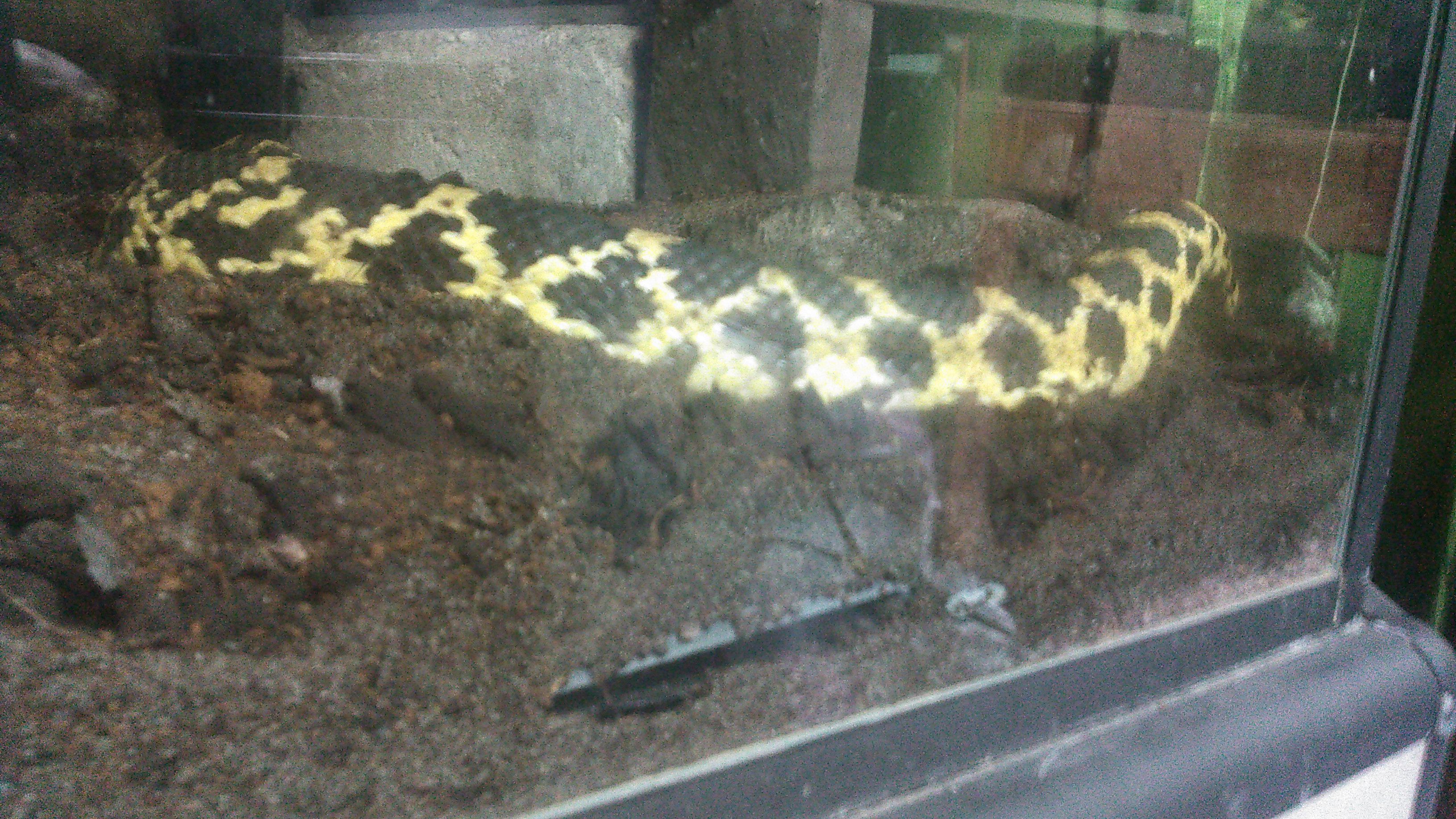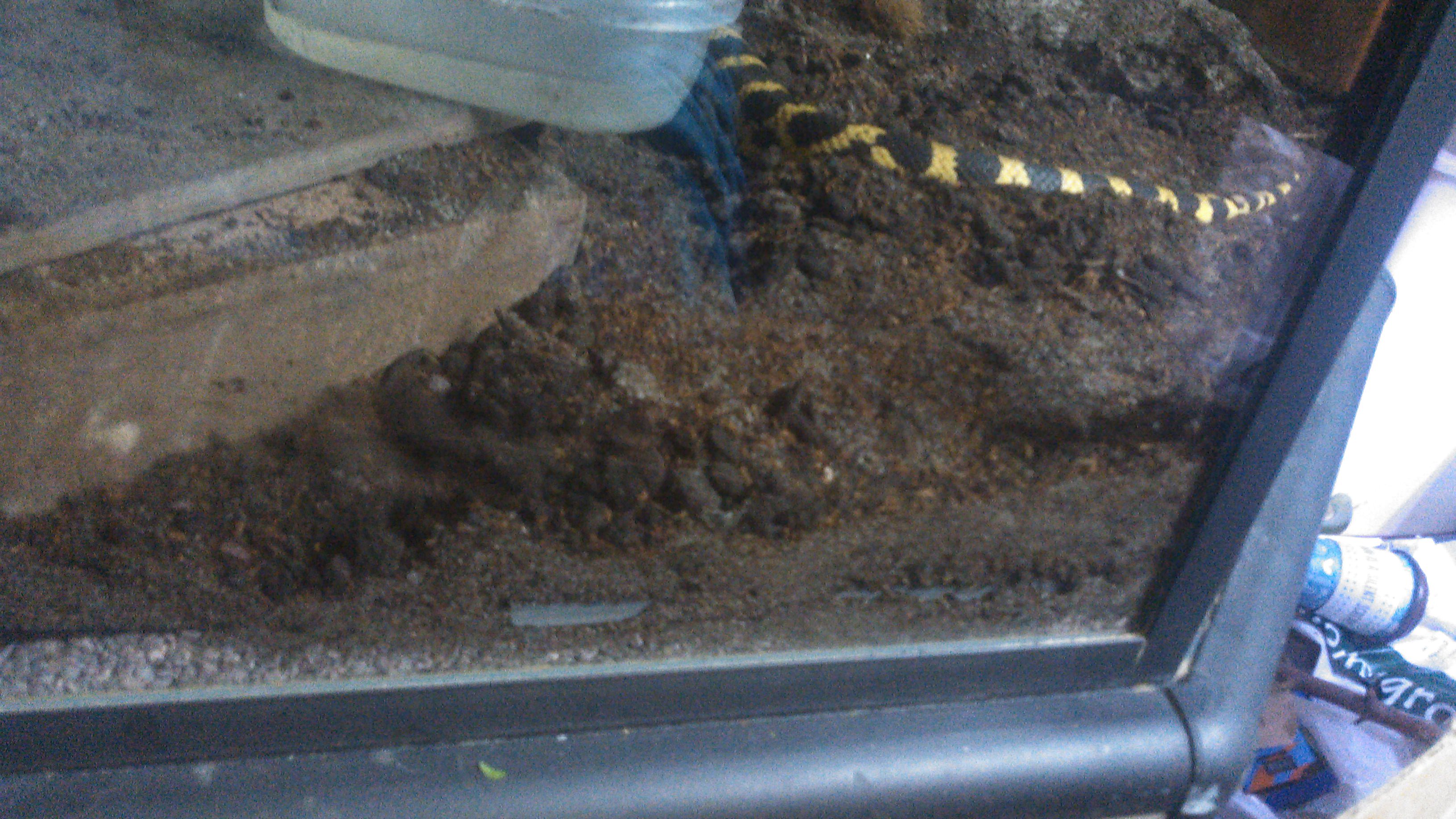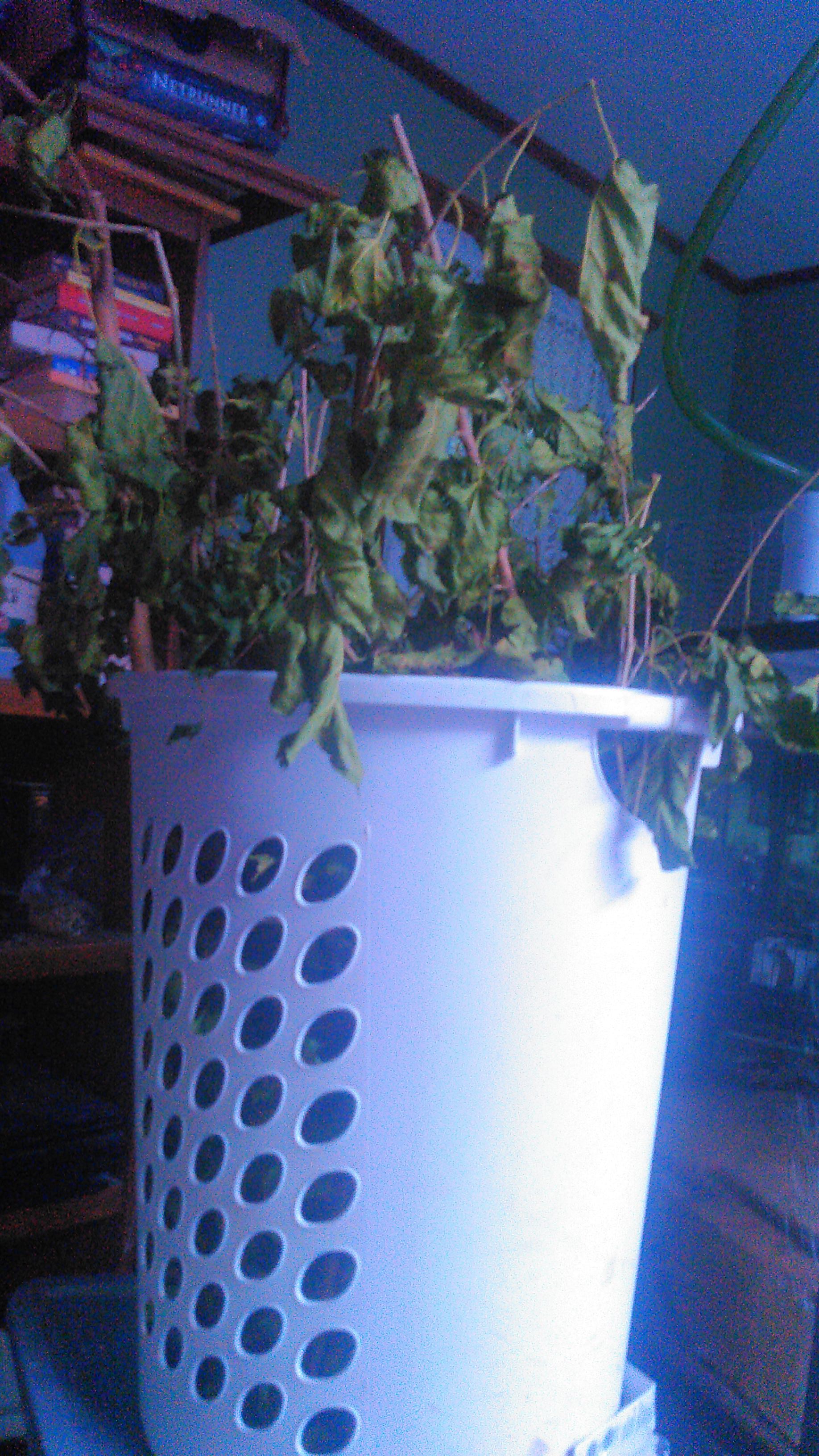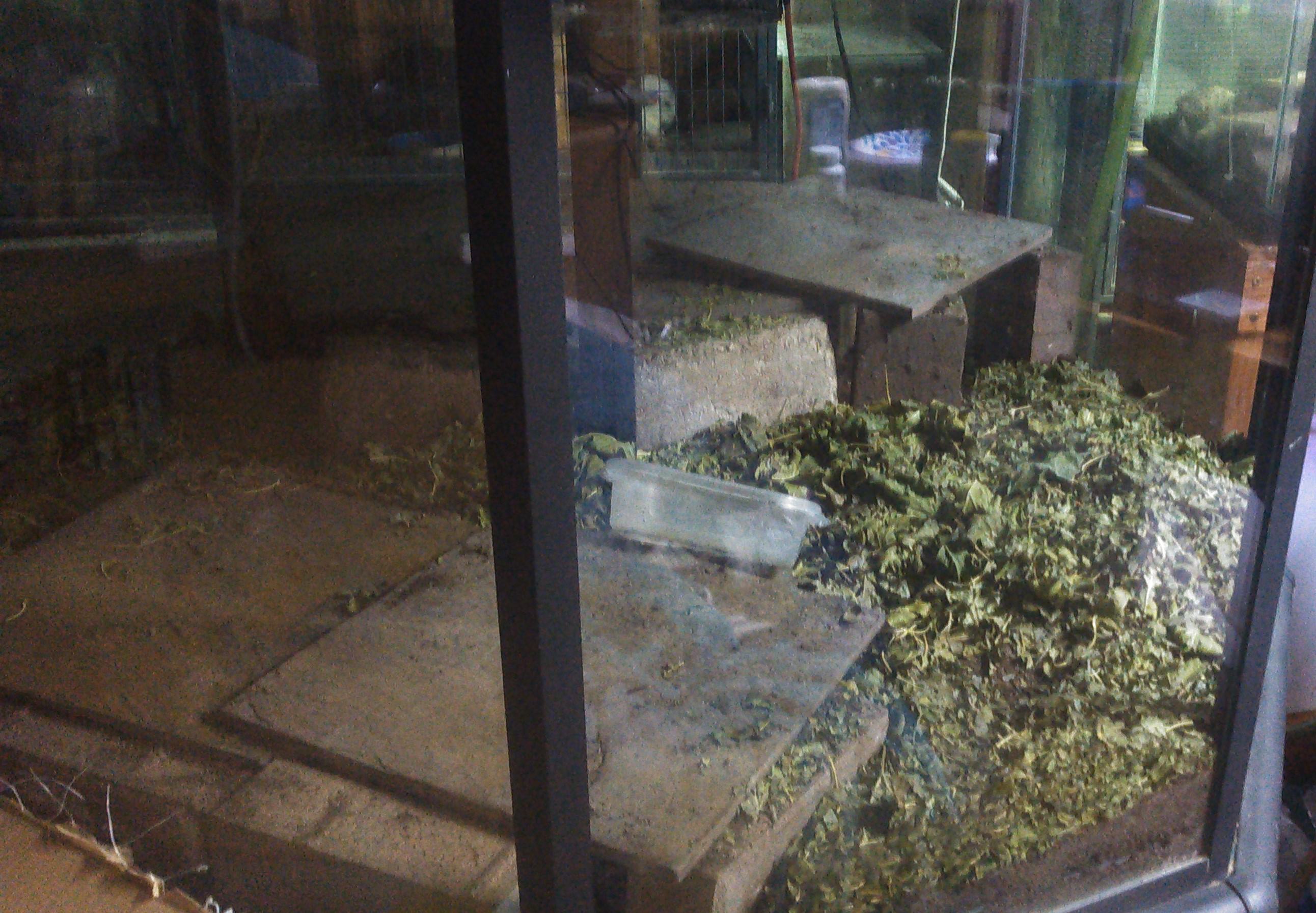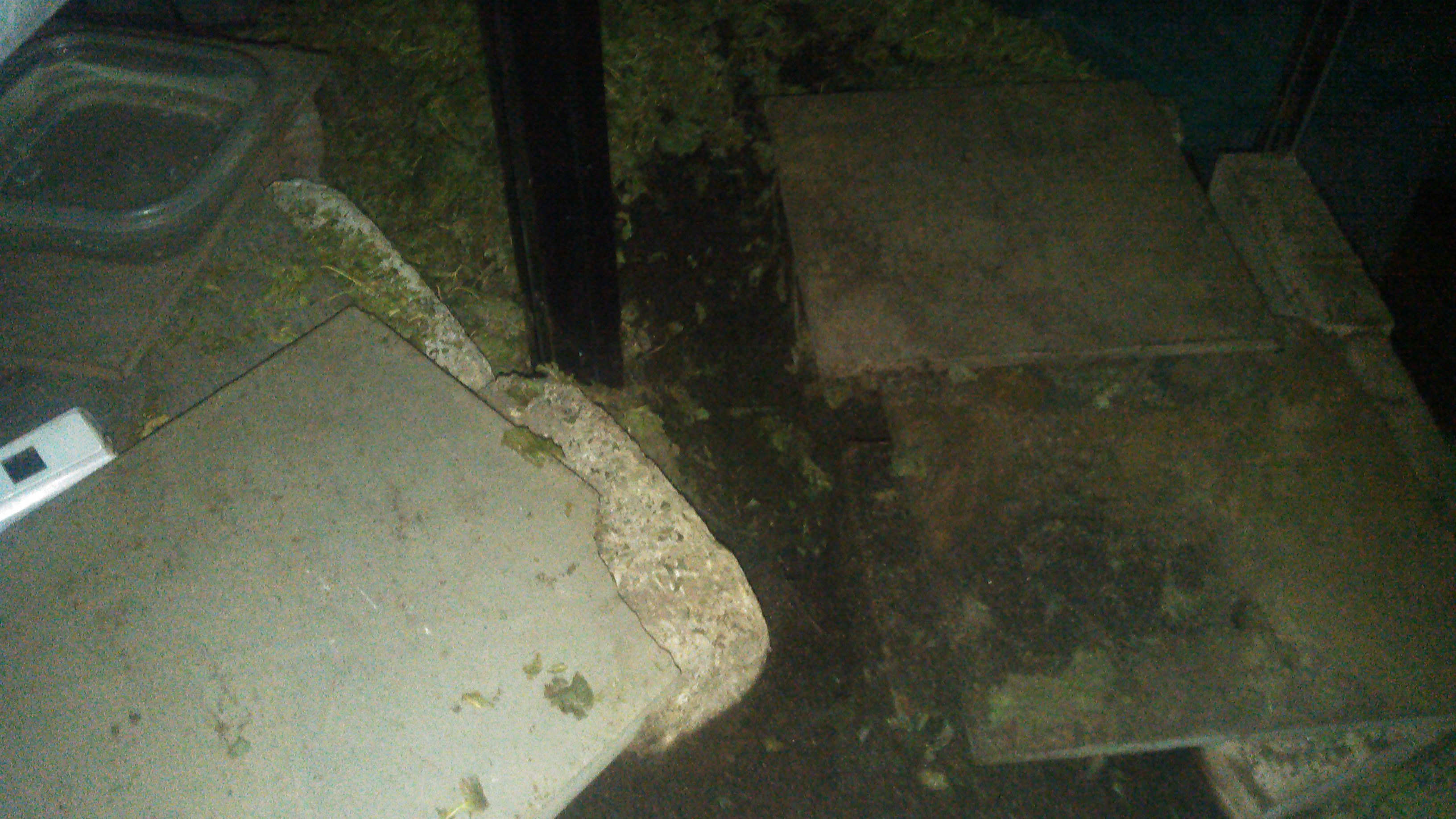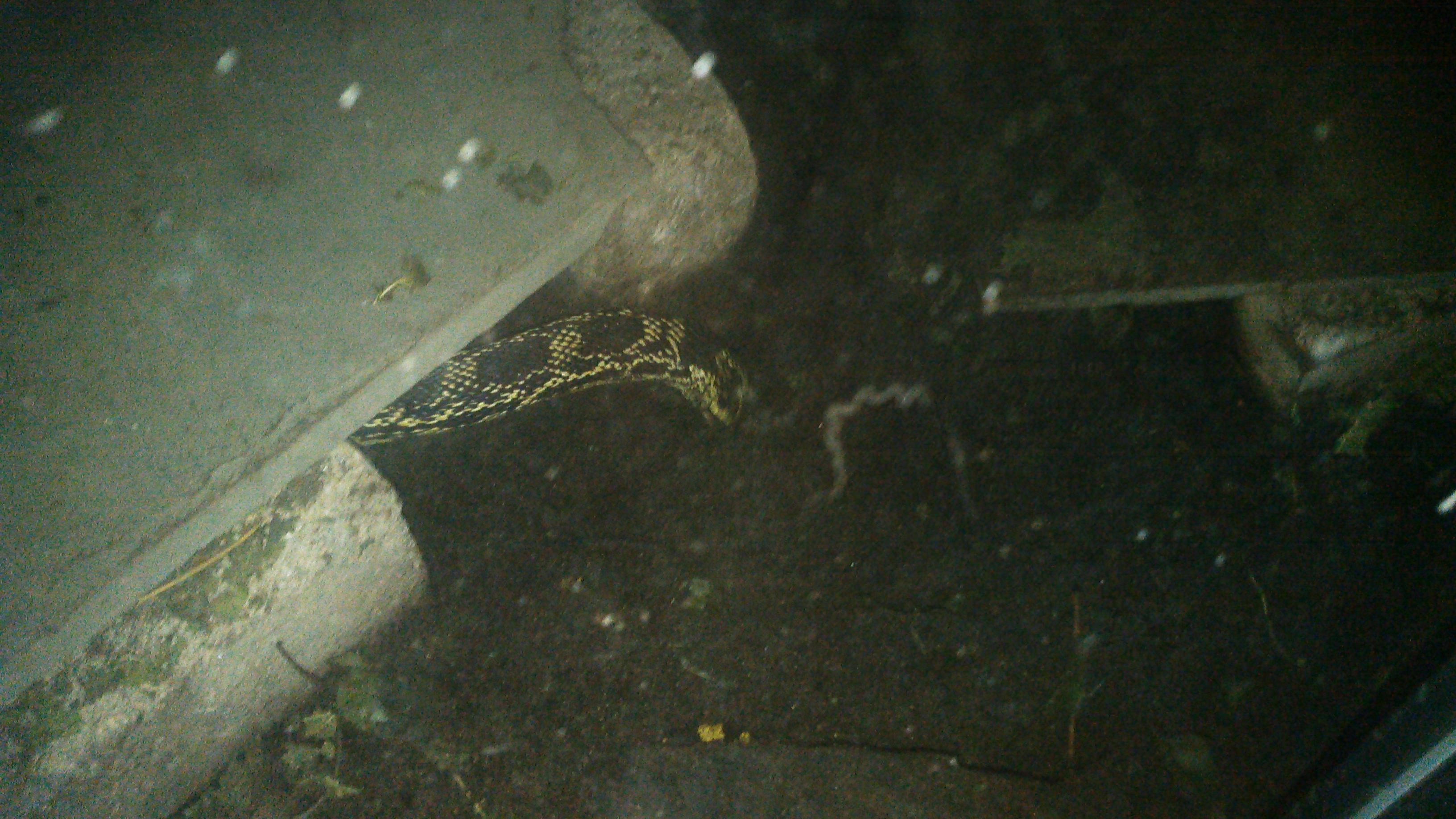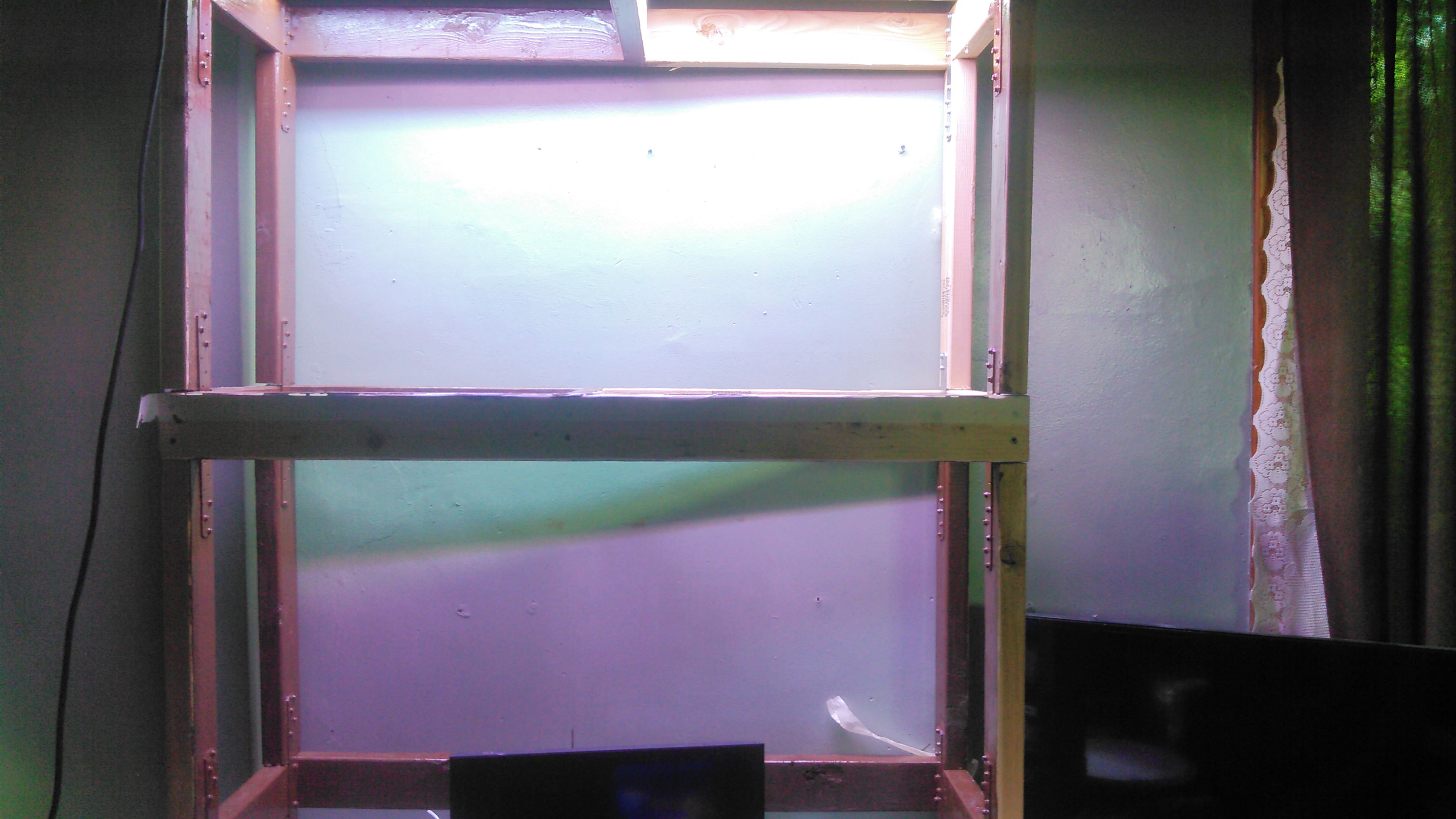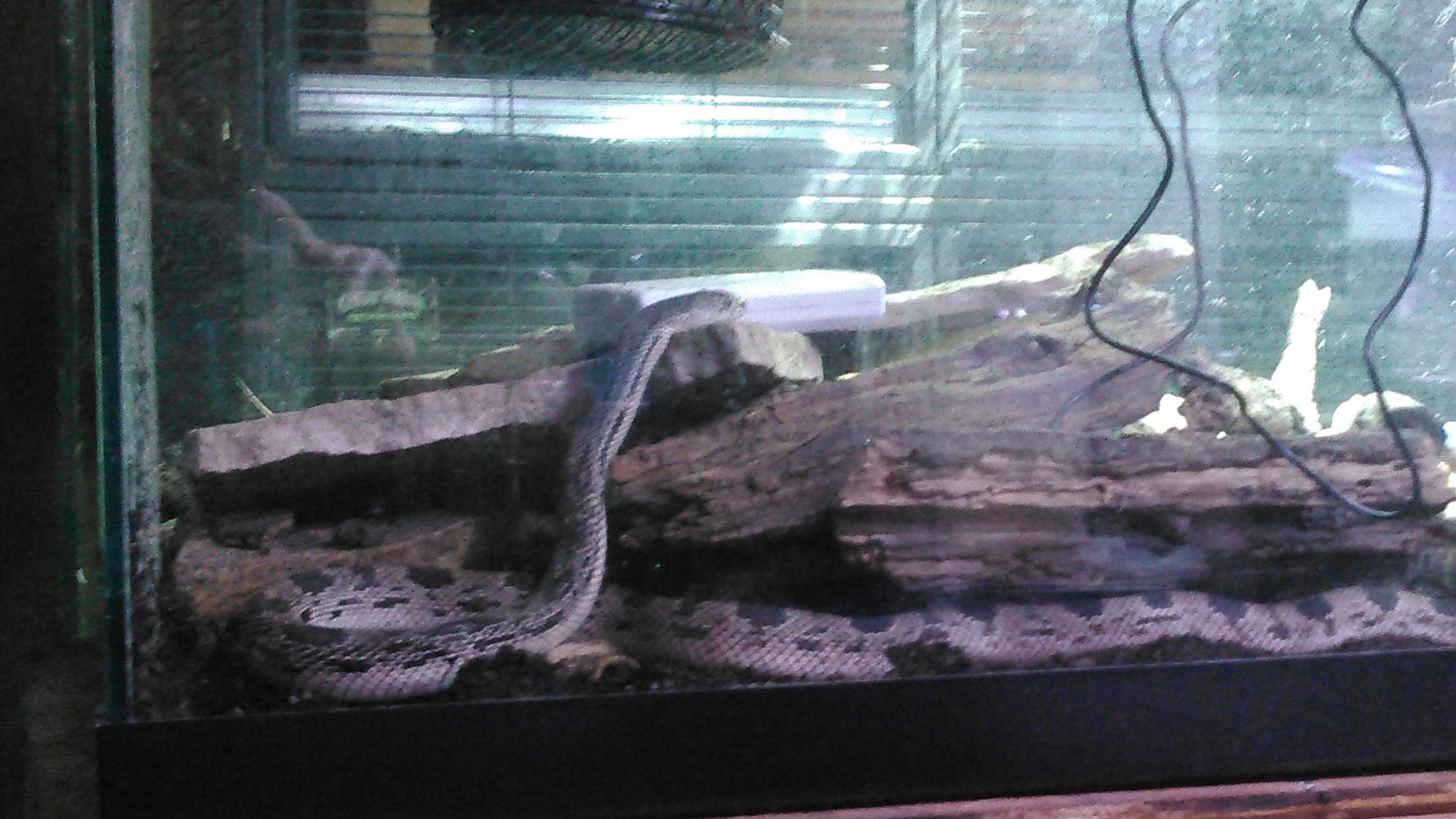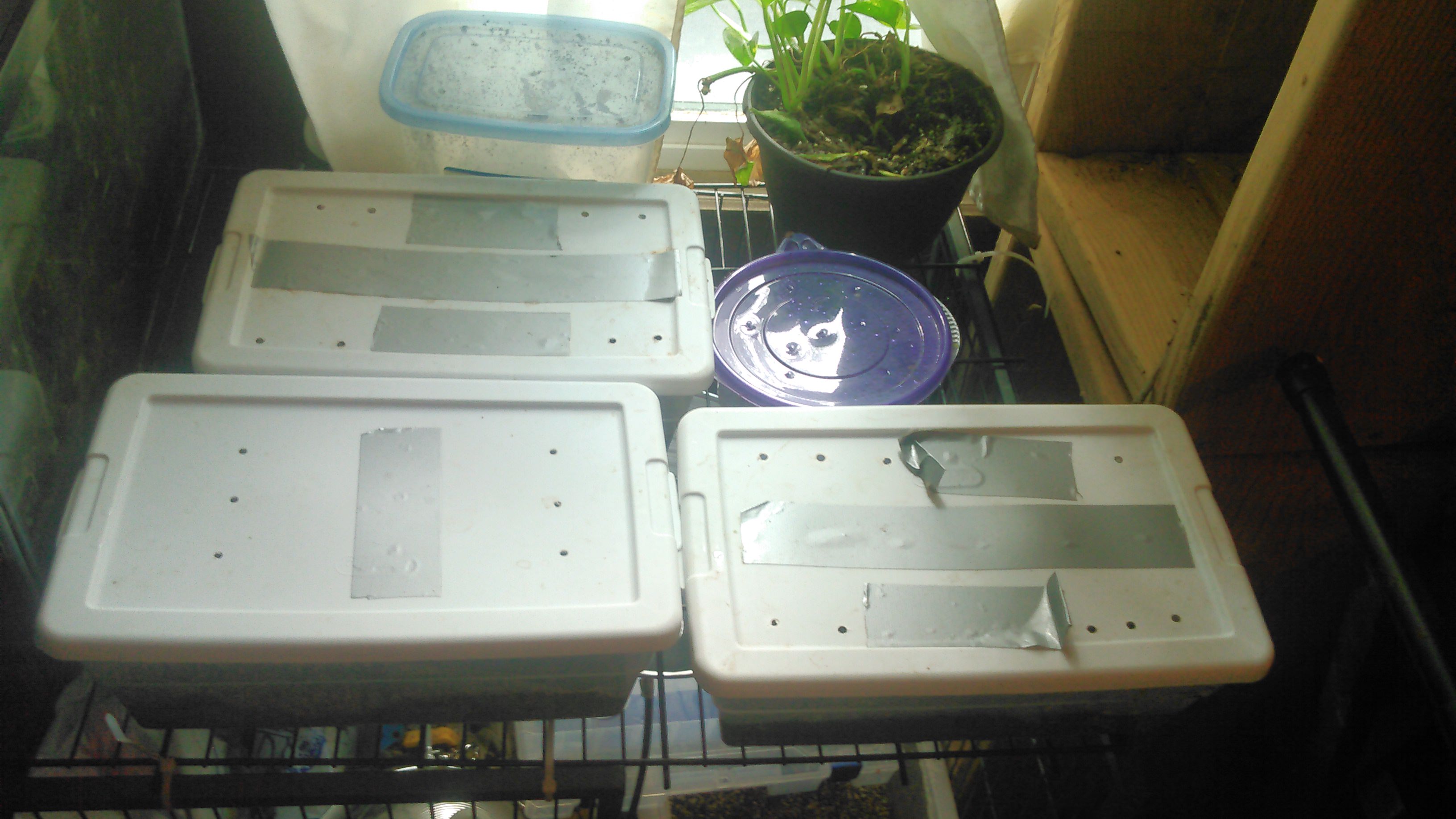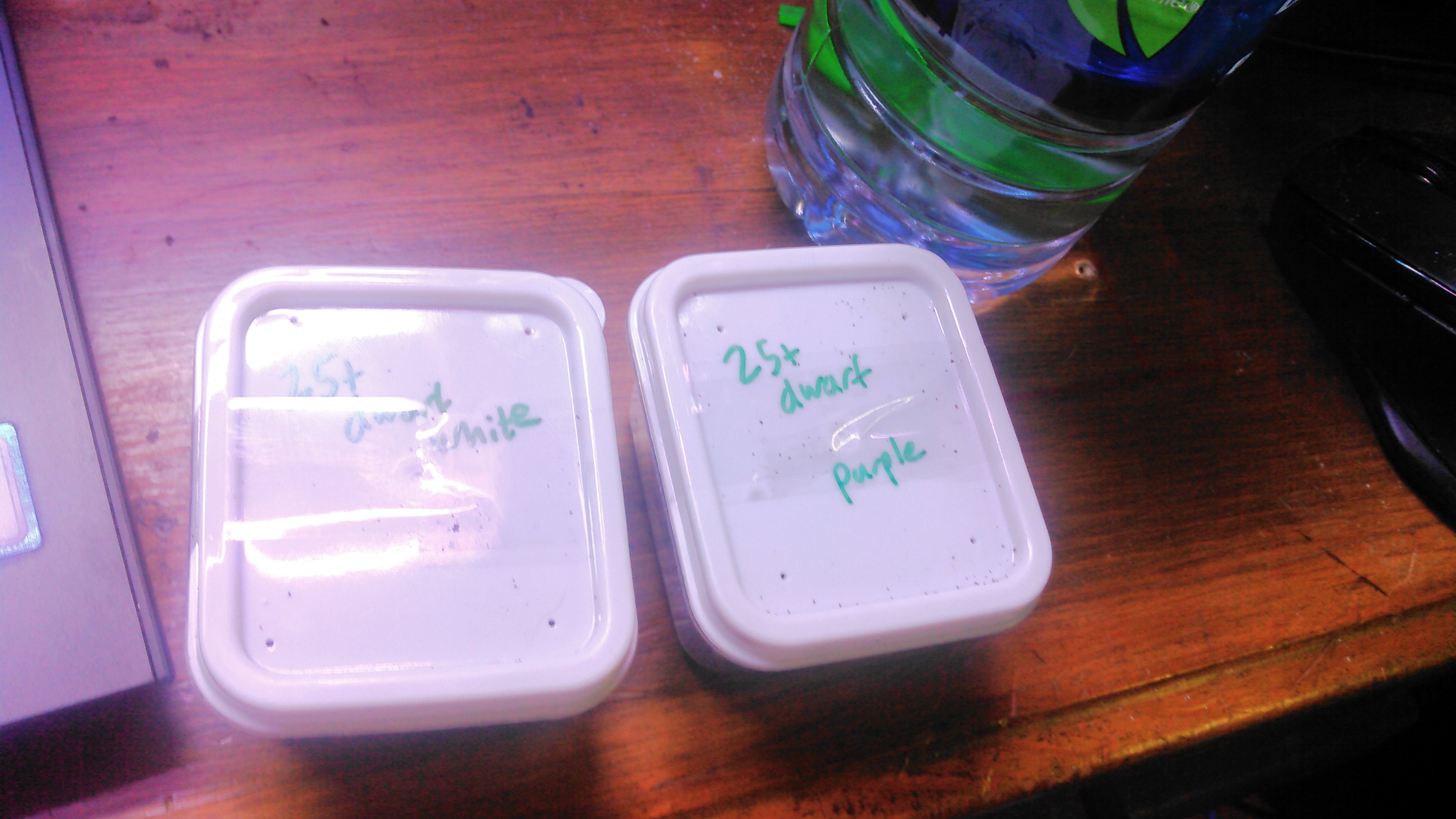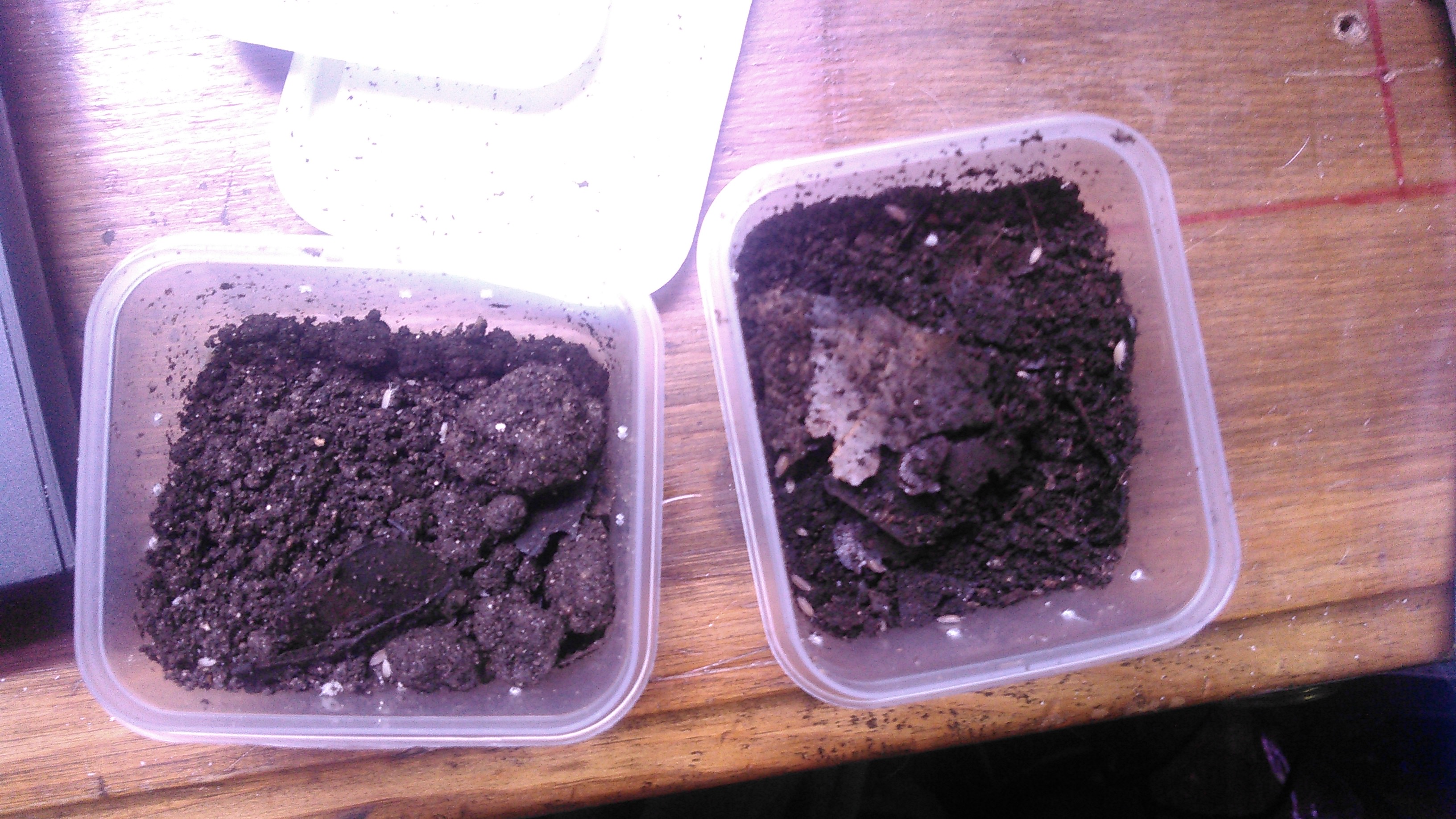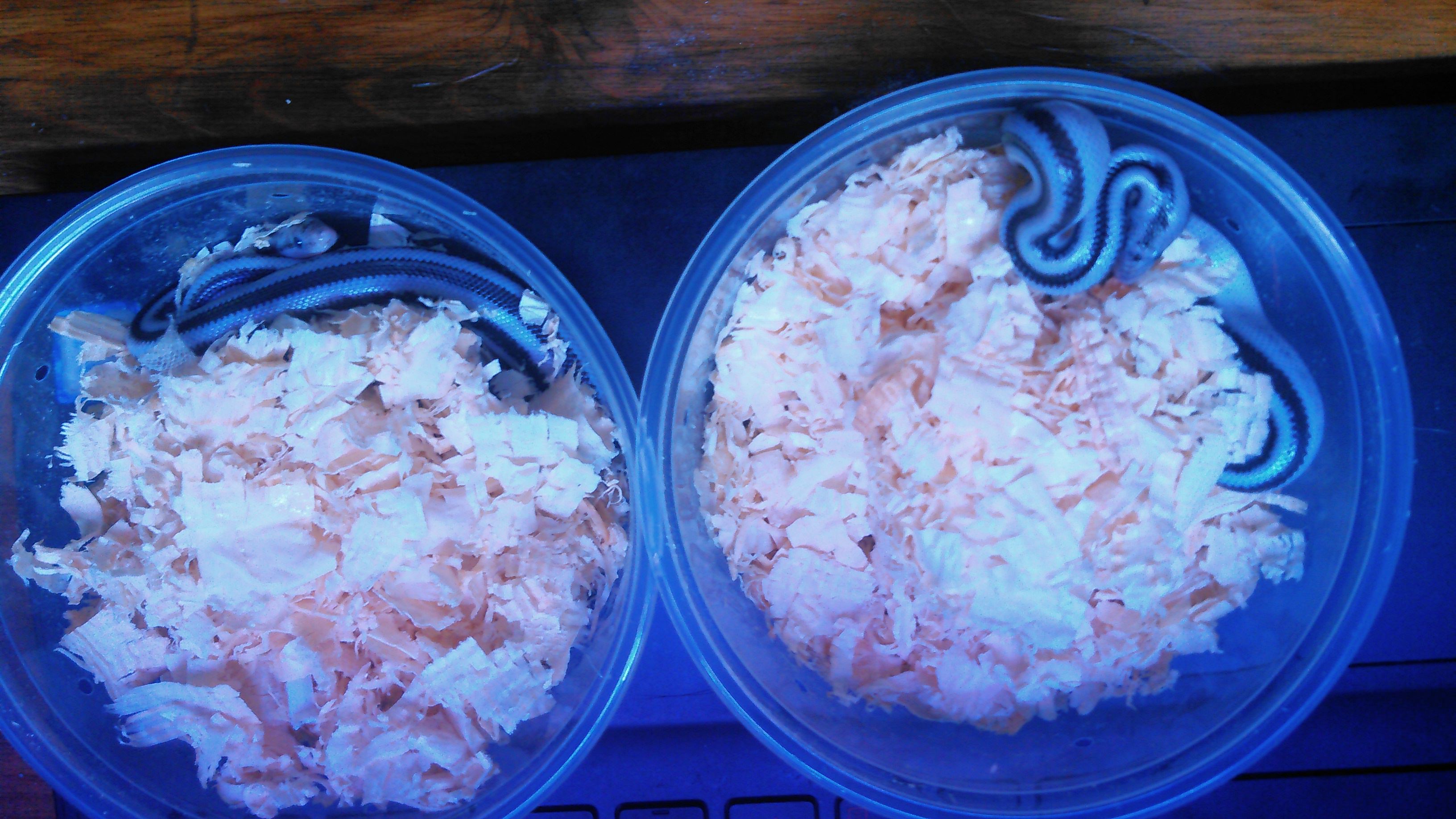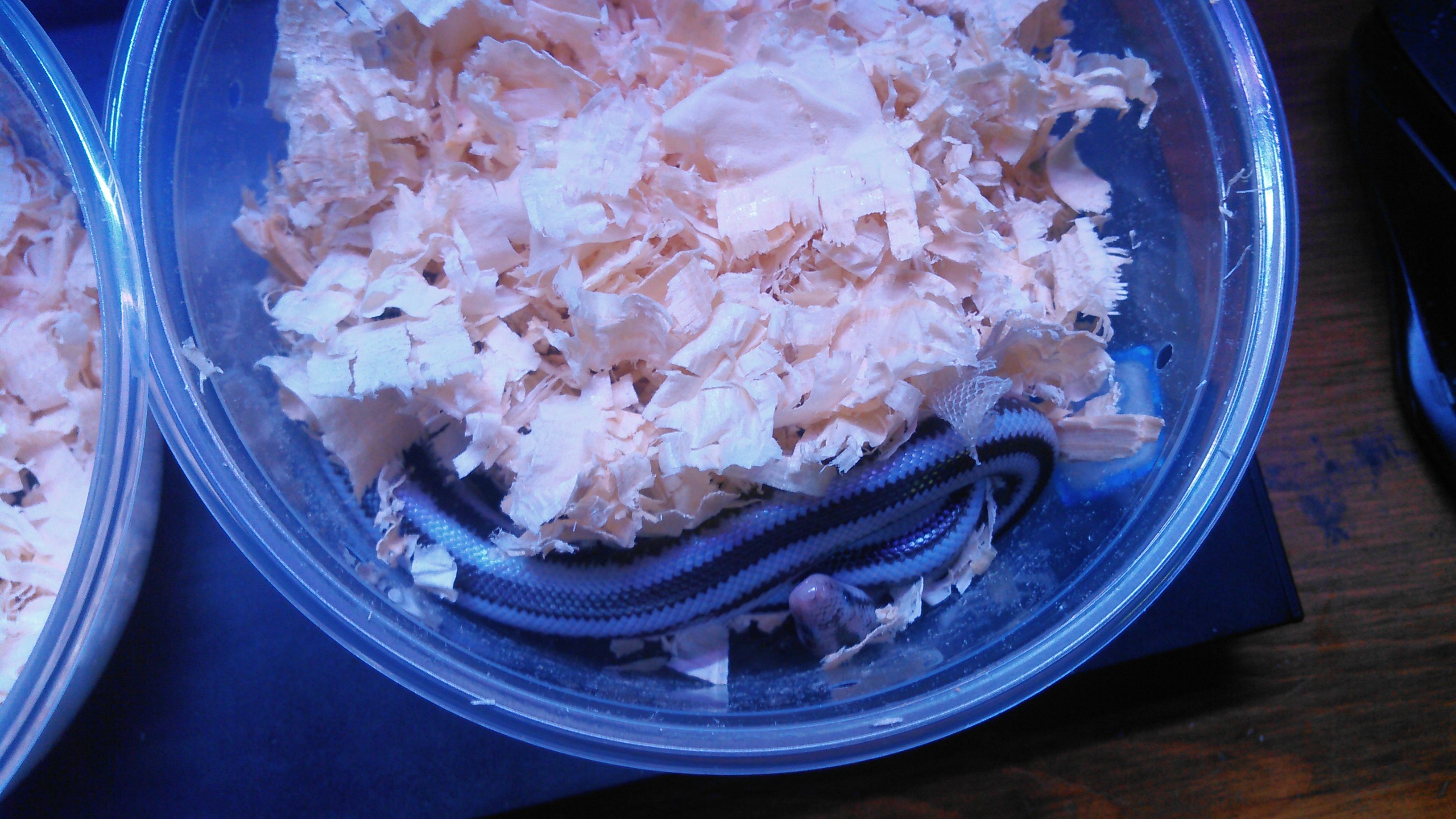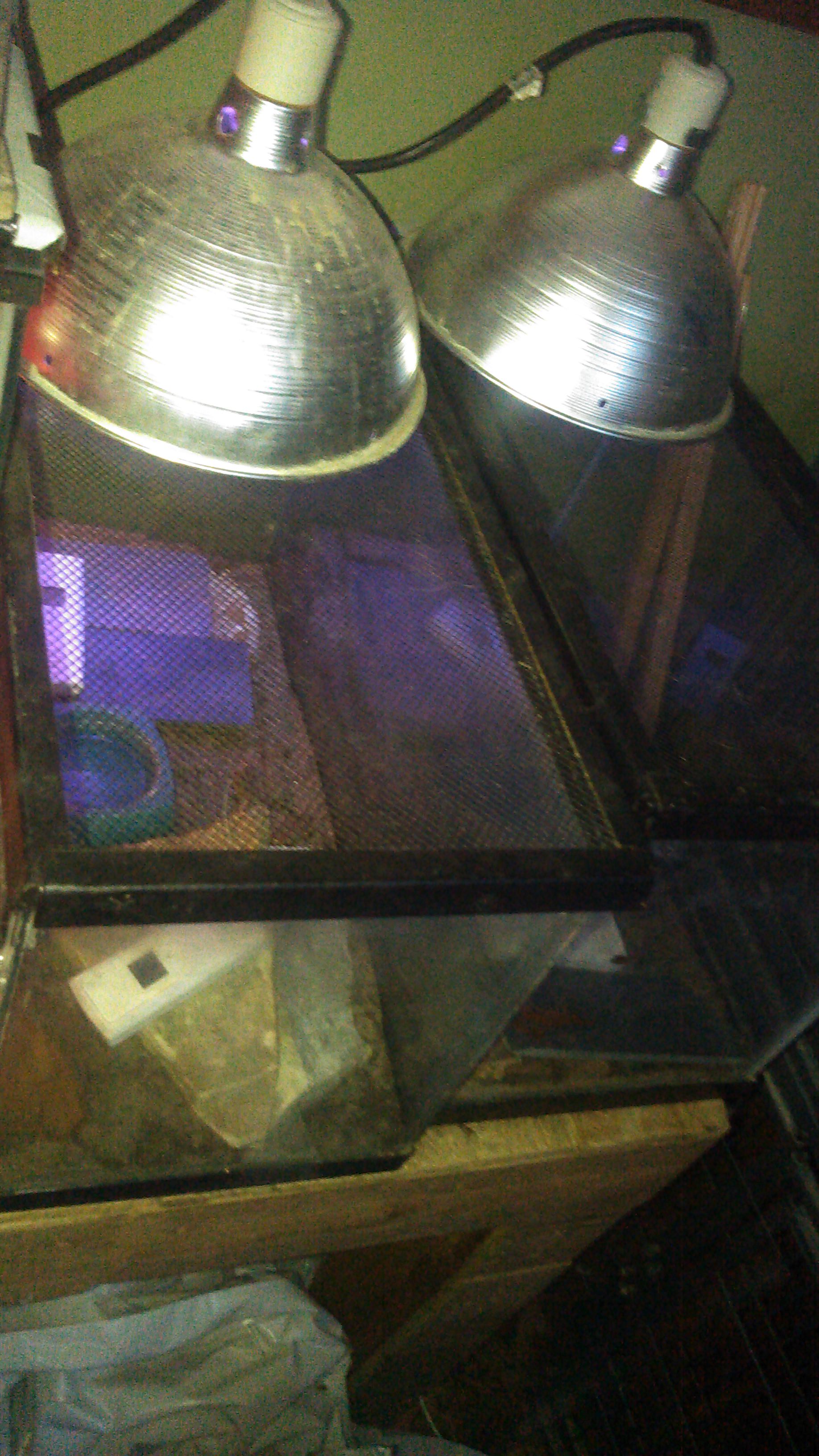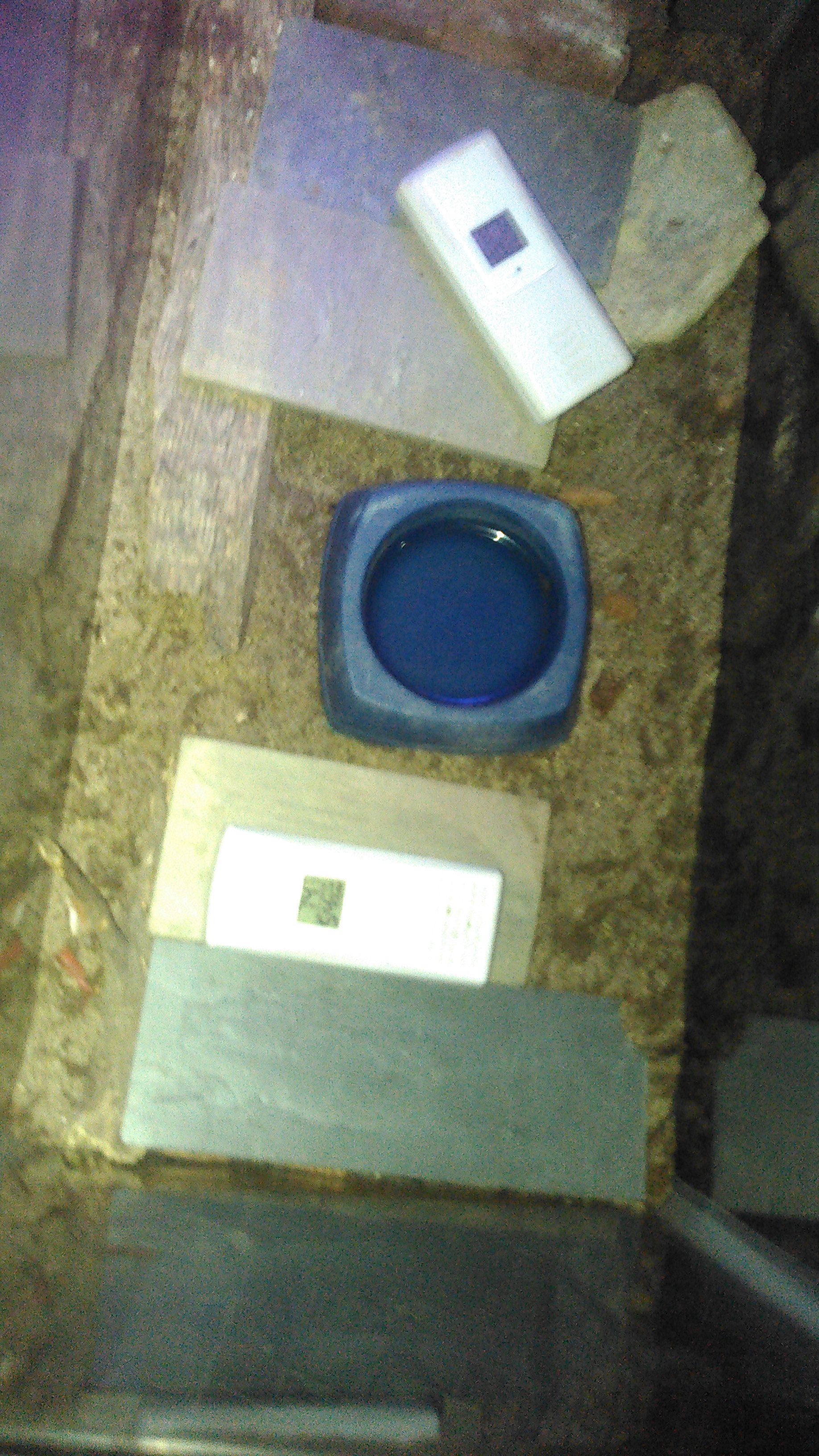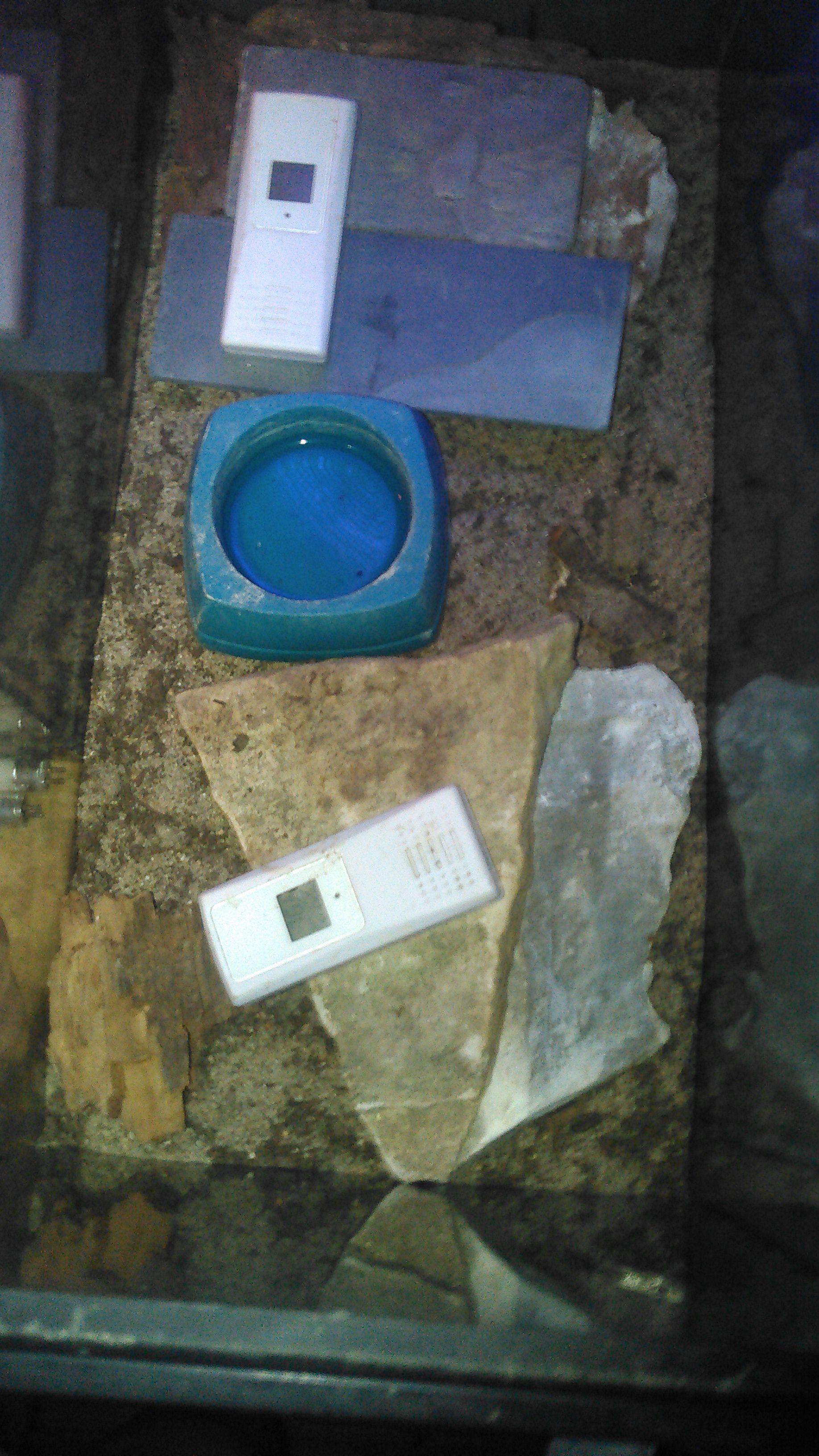Reptile keepers tend to be very picky of appearances(such as just not keeping the hard water spots off the glass), slow to accept new things like methods of bioactive keeping, and don't really find random posts about daily activity or especially personal thoughts of reptiles that interesting so I find the forums and groups rather boring or limited unless I have a specific question. For that reason here are some of our current reptile activities if you are interested.
Major reptile rebuilds are in process here as we've spent 2? 3? years now doing small bioactive setups in standard aquariums with screen lids. They have major downsides for reptile keeping such as humidity control and consistent heating along with expensive in larger sizes. Bioactive is normal soil, sand, clay, etc.. similar to the reptiles native habitat with unsealed stone and wood. Kept clean by safe bugs like isopods, soil dwelling springtails, beetles, and occasionally roaches. Frequently they are planted but it's not always possible. Particularly with big bulldozer reptiles. They have to be top heated (frowned on by many), never sterilized (causes some to have heart attacks at the thought), and generally with full spectrum lighting that sometimes includes UV replacement even for species not known to need UV(commonly argued over). This is a 40 something gallon bow setup for my lavender corn
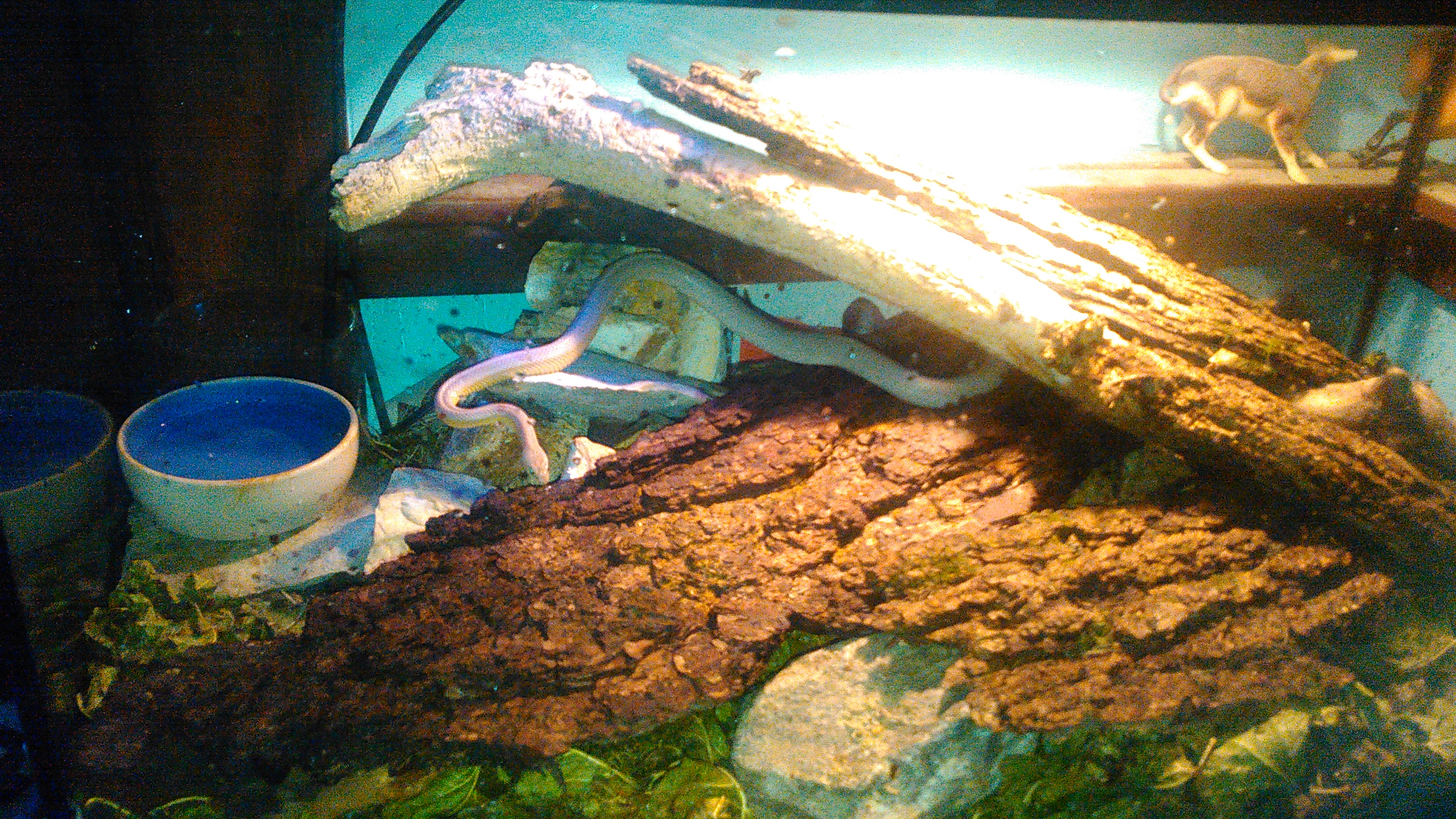
For my current biggest project I got this octagon tank free that has been sitting in my livingroom empty for over a year. New it was over $2,000 but not manufactured anymore. I need to figure out how to replace the locks because the key was long ago lost and the doors or lid panels do not secure without a key to turn them. Aiko has decided the base is a new dog kennel for hiding because the door on the downward slanted side of the floor is always open. :lol:
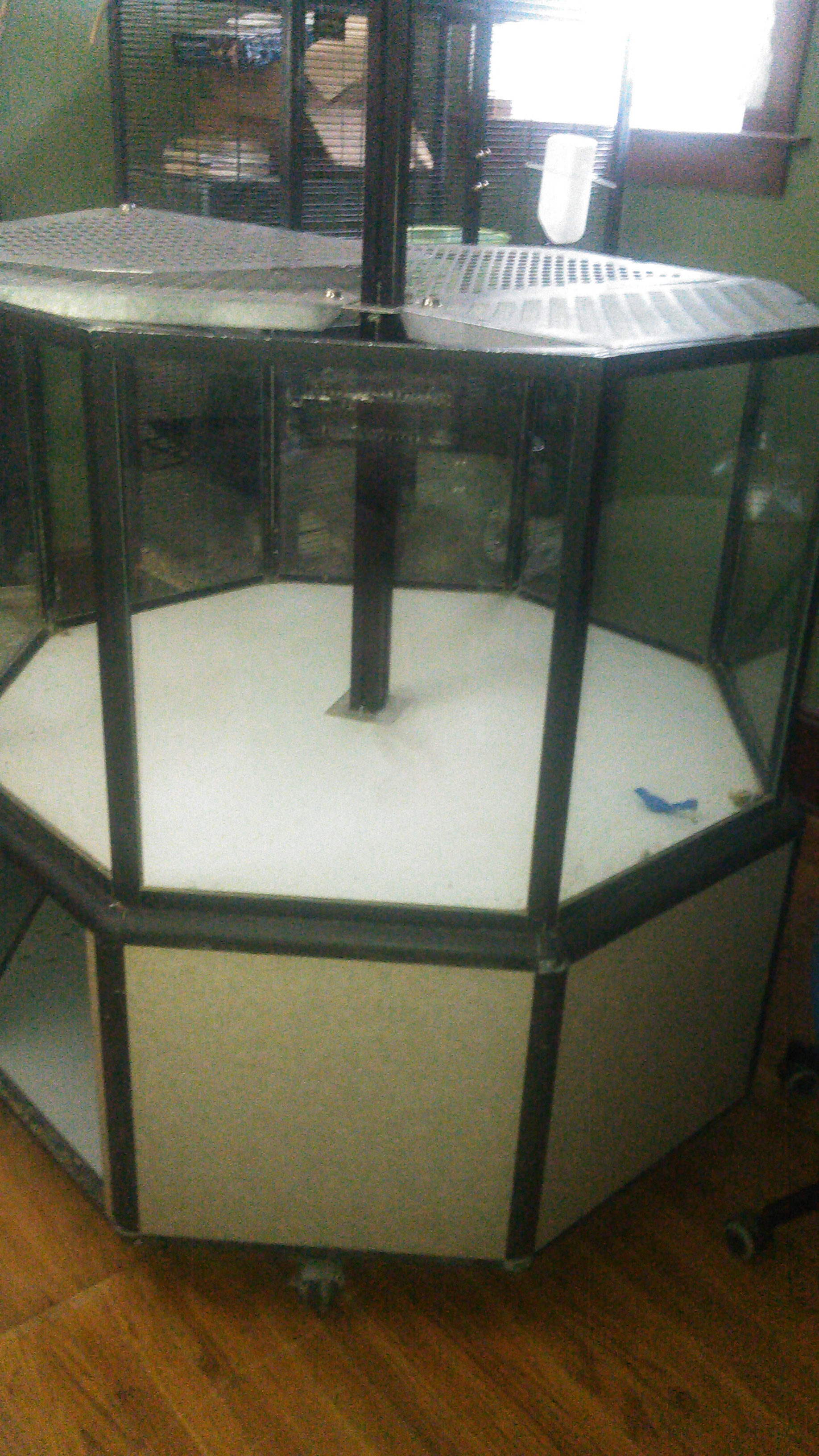
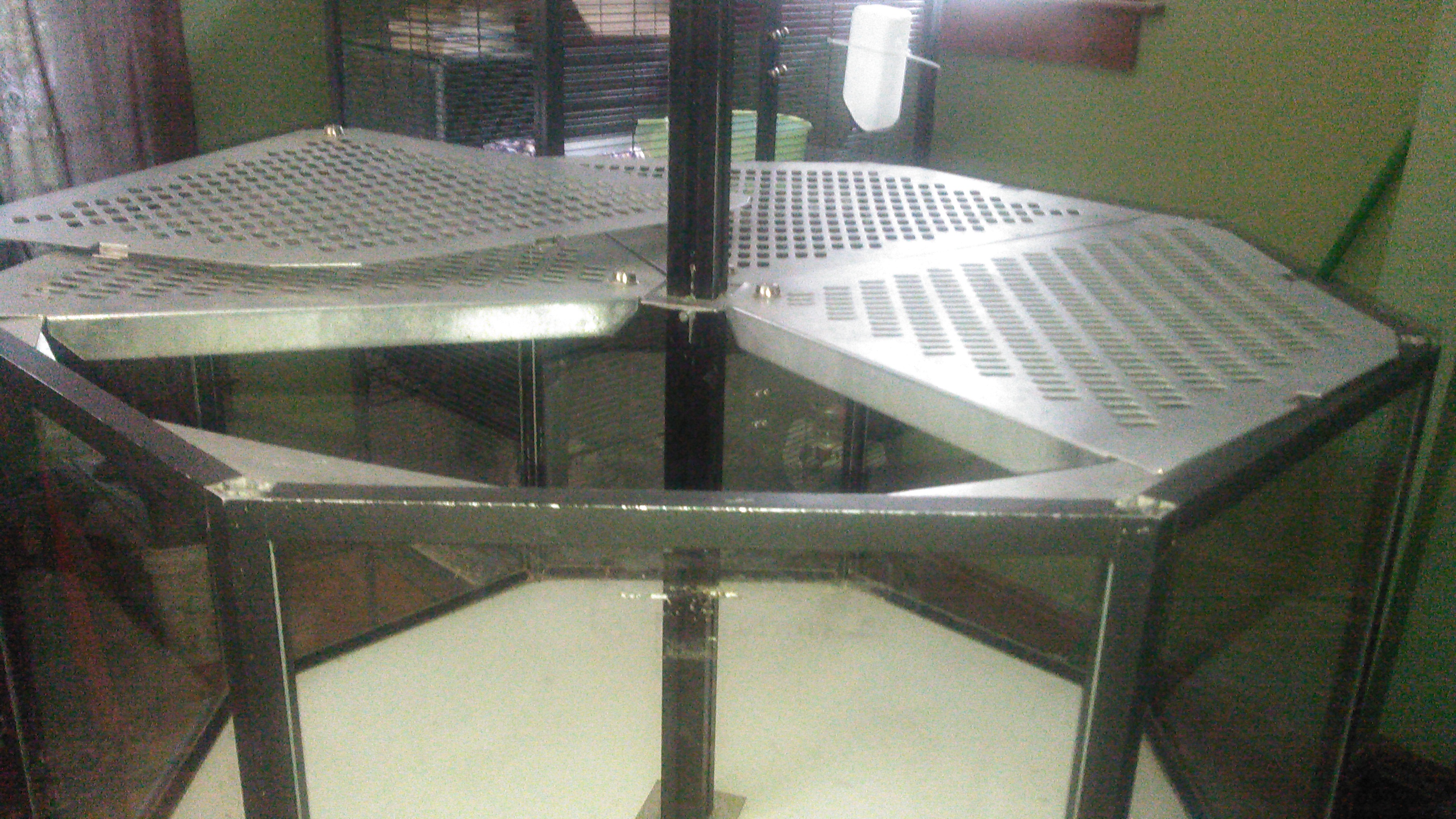
The large metal vents were giving me a problem. I debated some desert reptiles for when our house humidity drops to less than 20% during winter but I didn't find any I liked and worked for those dimensions. We debated building a new lid for it but it seemed like a lot of effort. For a little while it almost became a degu enclosure or baby chinchillas. After more research though I figured out how to enclose everything below the lid for reptiles and then seal off the vents.
For now I just have thin rolled plastic sheeting on it but the velcro I installed it with is going on heavier plastic panels when I can get them cut to the shape of the existing metal panels. I converted a broken fish tank canister filter into a fogger with a floating ultrasonic water "atomizer" like are in small humidifier units or sold for fountains to push mist to the former water spray bar. I now I have the bar running along the bottom of the panel instead of vertical. It let's me make the humidity whatever I want hopefully year round. I mixed up a generic temperate, moderate humidity substrate of native Iowa soil, plant humus type compost, a little quartz sand to increase drainage, and a little coco fiber. It sits on a water permeable landscape cloth over chicken grit for the gravel drainage layer.
My kankakee bull snake male, Nicon, is testing the initial setup for me. Kankakee county is in IL on the IN border where a glacier carved out a sand prairie and developed a population of dark and tricolor bull snakes.
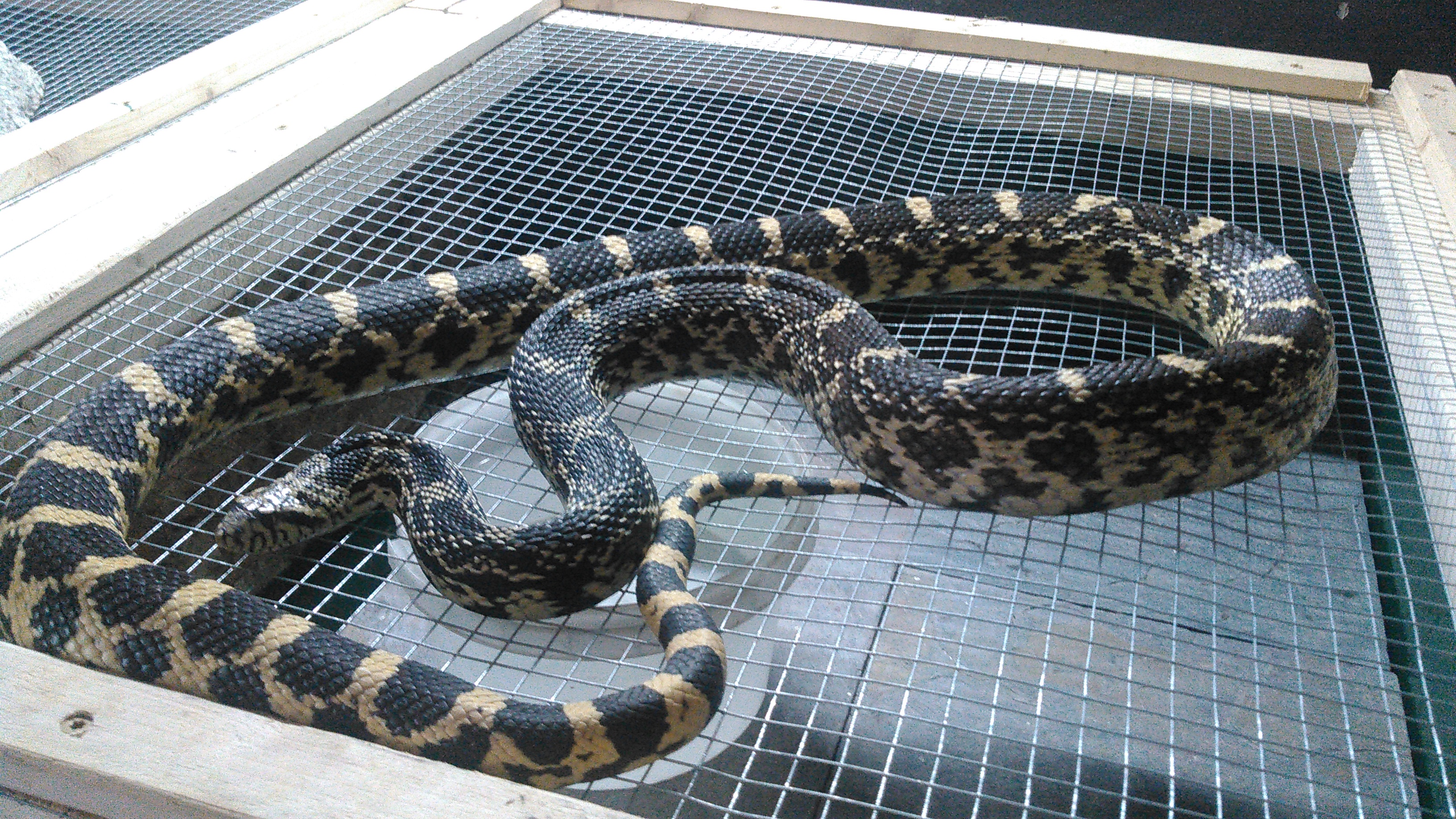
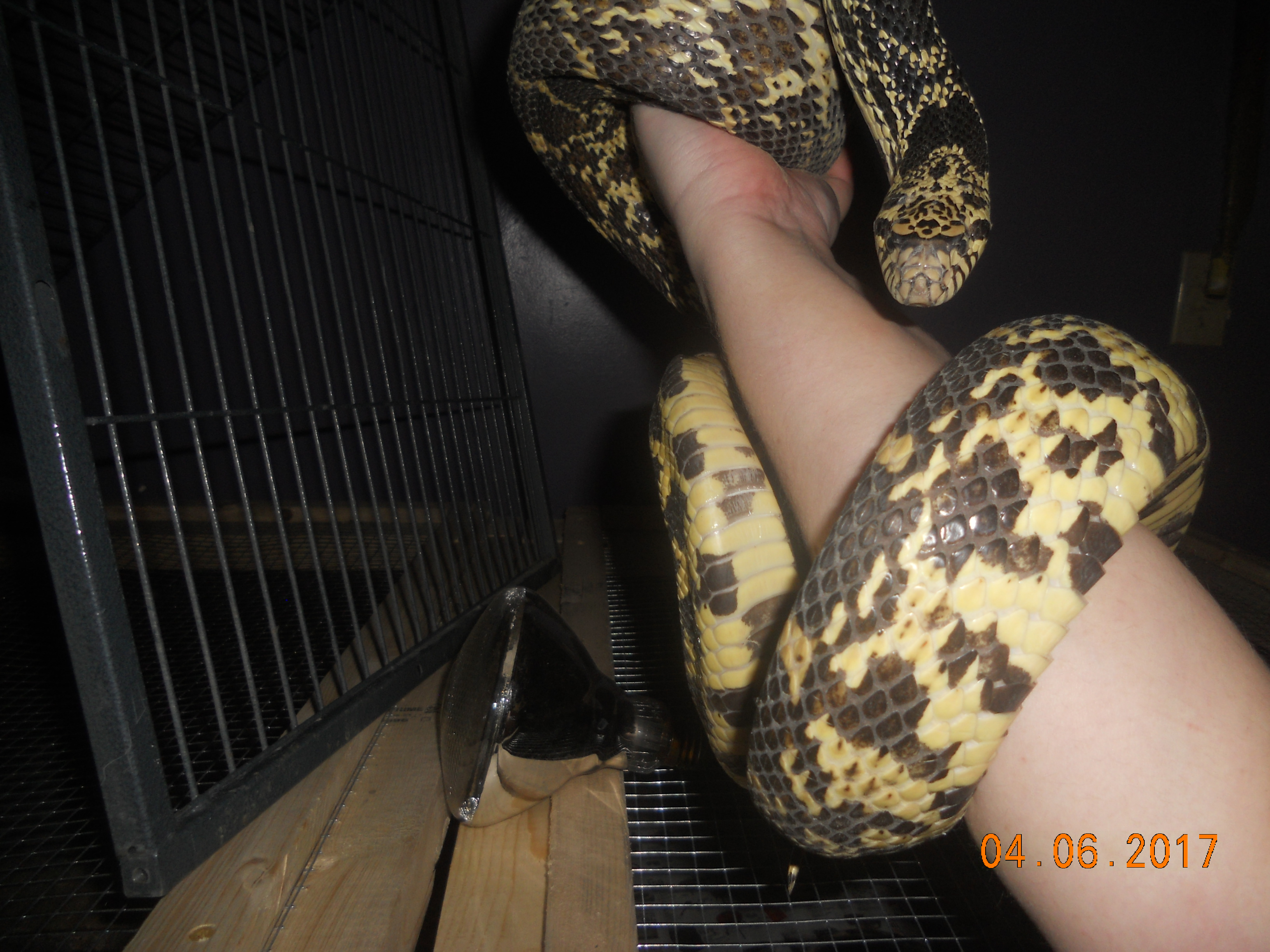
He says I have thwarted his attempts to pull up the seams where the landscape cloth is cut but I need to find a better way to secure the edges. I am putting it on 2x2 board frames in my plain rectangle tanks but that won't work for the multiple pieces cut to an odd shape for this one. I am thinking I will just have to find some more natural looking strips of rock either actual natural rock collected outdoors, narrow flooring/wall tile if heavy enough, or smaller landscaping bricks and just partially bury the stone when I deepen the substrate.
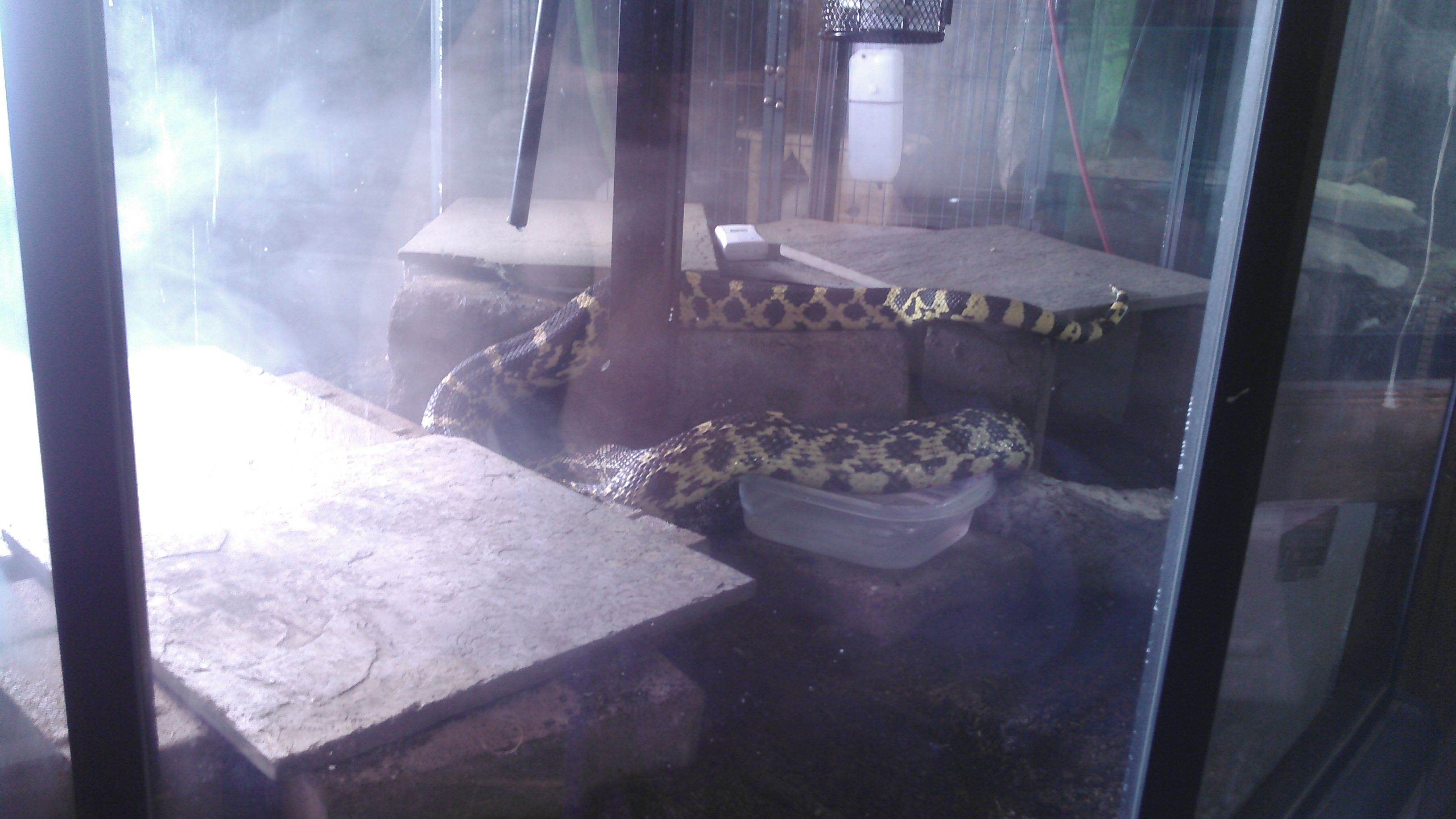
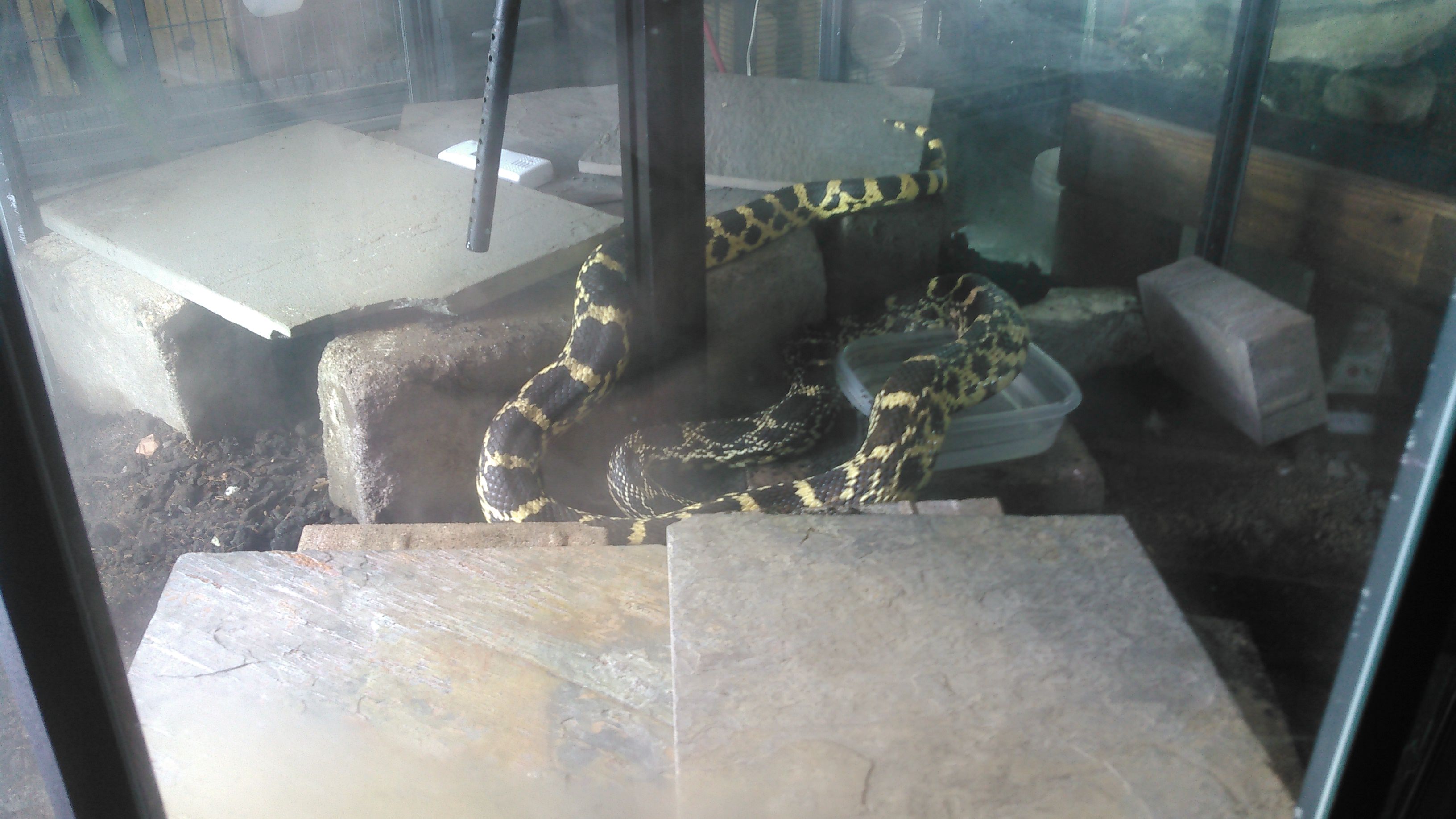

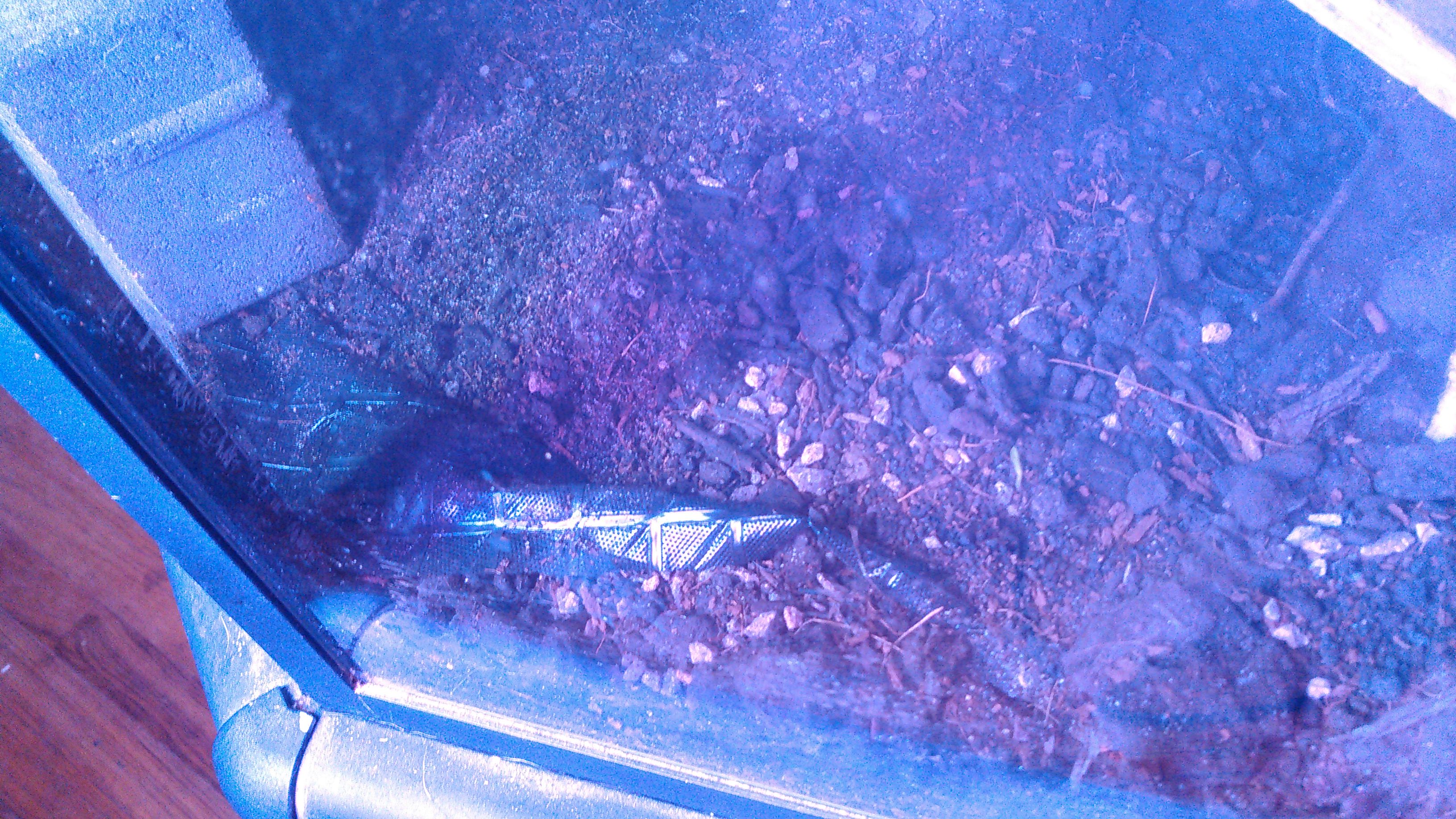
Per usual the glass needs cleaned again after messing around with things.
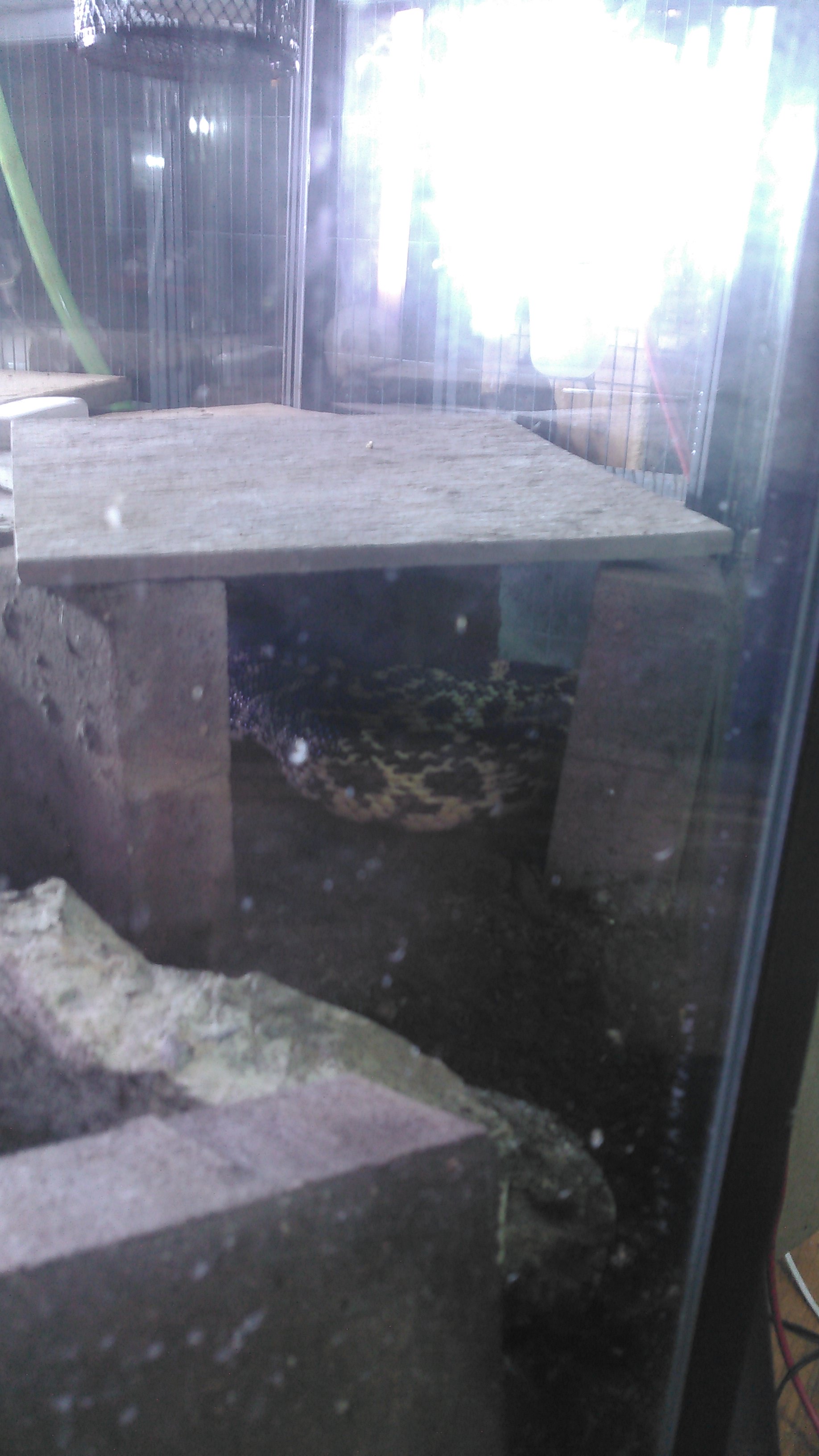
I have a well sealed 3' T5 fixture from lighting aquariums I am going to install to the bottom of 2 panels but I have to figure out how to replace the ballast so it's sitting in pieces right now. Eventually the tank may end up with green Amevia lizards but I'd have to get some and probably grow them out in a smaller enclosure for awhile. In the meantime I have numerous North American colubrids that need somewhere to go while I upgrade and play musical cages.
Just because here's Nicon's future girlfriend (name pending) but she was being antisocial after shedding.


Major reptile rebuilds are in process here as we've spent 2? 3? years now doing small bioactive setups in standard aquariums with screen lids. They have major downsides for reptile keeping such as humidity control and consistent heating along with expensive in larger sizes. Bioactive is normal soil, sand, clay, etc.. similar to the reptiles native habitat with unsealed stone and wood. Kept clean by safe bugs like isopods, soil dwelling springtails, beetles, and occasionally roaches. Frequently they are planted but it's not always possible. Particularly with big bulldozer reptiles. They have to be top heated (frowned on by many), never sterilized (causes some to have heart attacks at the thought), and generally with full spectrum lighting that sometimes includes UV replacement even for species not known to need UV(commonly argued over). This is a 40 something gallon bow setup for my lavender corn

For my current biggest project I got this octagon tank free that has been sitting in my livingroom empty for over a year. New it was over $2,000 but not manufactured anymore. I need to figure out how to replace the locks because the key was long ago lost and the doors or lid panels do not secure without a key to turn them. Aiko has decided the base is a new dog kennel for hiding because the door on the downward slanted side of the floor is always open. :lol:


The large metal vents were giving me a problem. I debated some desert reptiles for when our house humidity drops to less than 20% during winter but I didn't find any I liked and worked for those dimensions. We debated building a new lid for it but it seemed like a lot of effort. For a little while it almost became a degu enclosure or baby chinchillas. After more research though I figured out how to enclose everything below the lid for reptiles and then seal off the vents.
For now I just have thin rolled plastic sheeting on it but the velcro I installed it with is going on heavier plastic panels when I can get them cut to the shape of the existing metal panels. I converted a broken fish tank canister filter into a fogger with a floating ultrasonic water "atomizer" like are in small humidifier units or sold for fountains to push mist to the former water spray bar. I now I have the bar running along the bottom of the panel instead of vertical. It let's me make the humidity whatever I want hopefully year round. I mixed up a generic temperate, moderate humidity substrate of native Iowa soil, plant humus type compost, a little quartz sand to increase drainage, and a little coco fiber. It sits on a water permeable landscape cloth over chicken grit for the gravel drainage layer.
My kankakee bull snake male, Nicon, is testing the initial setup for me. Kankakee county is in IL on the IN border where a glacier carved out a sand prairie and developed a population of dark and tricolor bull snakes.


He says I have thwarted his attempts to pull up the seams where the landscape cloth is cut but I need to find a better way to secure the edges. I am putting it on 2x2 board frames in my plain rectangle tanks but that won't work for the multiple pieces cut to an odd shape for this one. I am thinking I will just have to find some more natural looking strips of rock either actual natural rock collected outdoors, narrow flooring/wall tile if heavy enough, or smaller landscaping bricks and just partially bury the stone when I deepen the substrate.




Per usual the glass needs cleaned again after messing around with things.

I have a well sealed 3' T5 fixture from lighting aquariums I am going to install to the bottom of 2 panels but I have to figure out how to replace the ballast so it's sitting in pieces right now. Eventually the tank may end up with green Amevia lizards but I'd have to get some and probably grow them out in a smaller enclosure for awhile. In the meantime I have numerous North American colubrids that need somewhere to go while I upgrade and play musical cages.
Just because here's Nicon's future girlfriend (name pending) but she was being antisocial after shedding.






















































